10 Best Herbal Lotions For Osteoarthritis

Herbal lotions for osteoarthritis are natural topical treatments that combine plant-based ingredients with therapeutic properties to alleviate pain and inflammation.
Common herbs used in these lotions include turmeric, ginger, and arnica, which are known for their anti-inflammatory and analgesic effects. These lotions are often applied directly to the affected joints to provide localized relief, making them a popular alternative or complement to conventional medications. They are generally considered safe for most people, though individuals with allergies or sensitive skin should exercise caution.
While herbal lotions may not cure osteoarthritis, they can help manage symptoms and improve joint function when used consistently as part of a holistic treatment plan.
FREE Herb Drying Checklist
How to make sure every batch retains maximum flavor, color, and aroma without the risk of mold or over-drying. Eliminate guesswork and trial-and-error, making herb drying faster, easier, and more efficient every time.
Table of Contents
1. Zingiber officinale

Zingiber officinale, commonly known as ginger, has been traditionally used for its anti-inflammatory and pain-relieving properties, making it a popular ingredient in herbal lotions for osteoarthritis.
These lotions often contain freshly extracted ginger oil or powdered ginger root, which is believed to enhance circulation and reduce joint inflammation. Studies suggest that the active compounds in ginger, such as gingerols and shogaols, may help alleviate symptoms like stiffness and pain associated with osteoarthritis. When applied topically, these herbal lotions provide a soothing effect without the systemic side effects of oral medications.
As a natural alternative, ginger-based lotions are increasingly favored by individuals seeking holistic approaches to manage osteoarthritis symptoms.
2. Curcuma longa
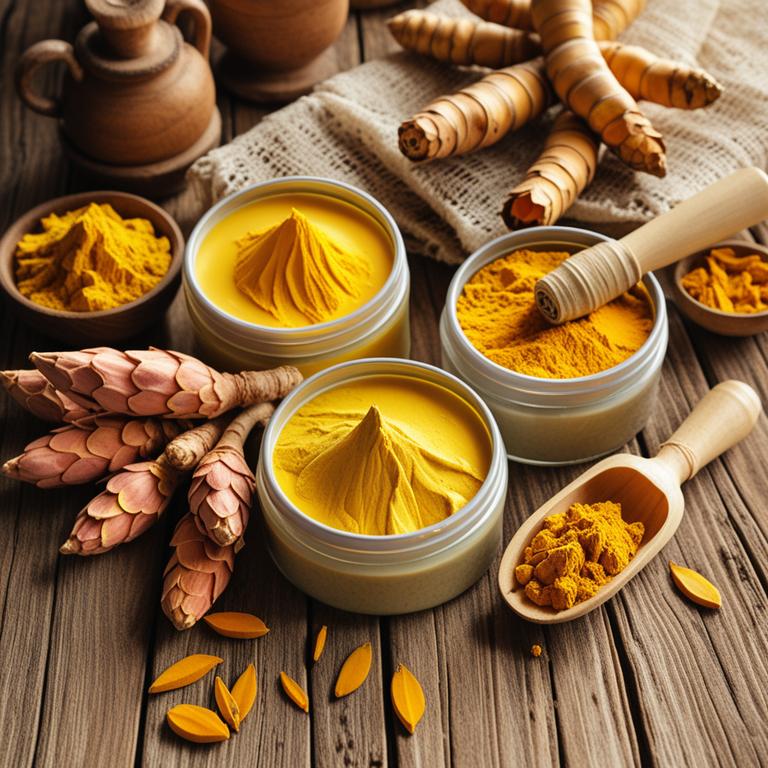
Curcuma longa, commonly known as turmeric, is a popular herbal remedy used in traditional medicine for its anti-inflammatory and antioxidant properties.
Curcuma longa herbal lotions are topical formulations that incorporate curcumin, the active compound in turmeric, to provide localized relief for osteoarthritis symptoms. These lotions are often applied directly to the affected joints to reduce pain, swelling, and stiffness associated with the condition. Clinical studies suggest that curcumin may help inhibit inflammatory pathways, making it a promising natural alternative for managing osteoarthritis.
However, while generally considered safe, the effectiveness of these lotions can vary, and it is advisable to consult a healthcare professional before use.
3. Vitis vinifera

Vitis vinifera, commonly known as the grapevine, has been traditionally used in herbal medicine for its potential anti-inflammatory and antioxidant properties.
Herbal lotions derived from Vitis vinifera, particularly its leaves and berries, are being explored for their therapeutic benefits in managing osteoarthritis. These lotions may help reduce joint inflammation and pain by promoting tissue repair and improving circulation. Preliminary studies suggest that the polyphenols in Vitis vinifera could inhibit inflammatory pathways associated with osteoarthritis.
However, further clinical research is needed to confirm their efficacy and safety as a complementary treatment for this condition.
4. Salvia officinalis
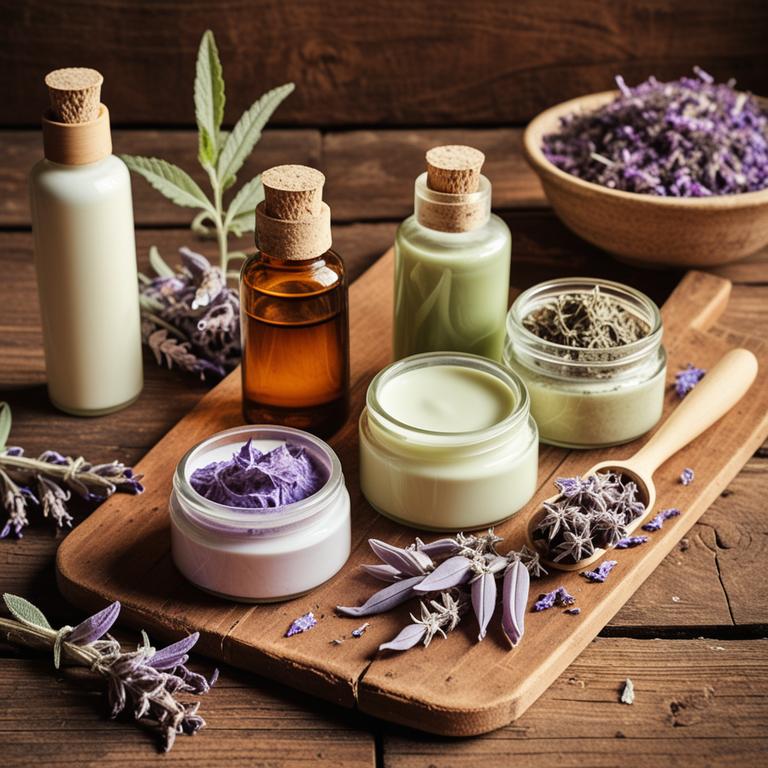
Salvia officinalis, commonly known as sage, has been traditionally used in herbal medicine for its anti-inflammatory and analgesic properties.
Herbal lotions containing salvia officinalis are increasingly being explored as a natural alternative for managing osteoarthritis symptoms. These lotions typically incorporate essential oils and extracts from the plant, which may help reduce joint pain and stiffness through localized application. Preliminary studies suggest that salvia officinalis may inhibit inflammatory markers, potentially offering relief for individuals with osteoarthritis.
However, more clinical research is needed to confirm its efficacy and establish standardized formulations for therapeutic use.
5. Equisetum arvense
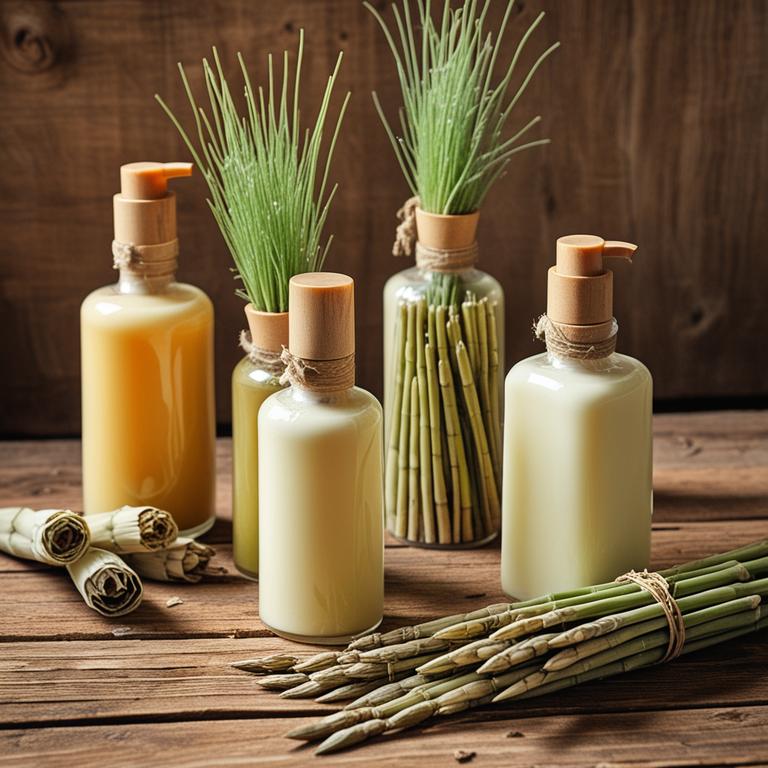
Equisetum arvense, commonly known as field horsetail, has been traditionally used in herbal medicine for its high concentration of silica and other bioactive compounds.
Herbal lotions made from Equisetum arvense are often applied topically to joints affected by osteoarthritis, aiming to reduce inflammation and promote tissue repair. These lotions are believed to enhance joint flexibility and alleviate pain through their astringent and anti-inflammatory properties. However, while some studies suggest potential benefits, more clinical research is needed to confirm their efficacy and safety for long-term use.
As with any herbal remedy, it is advisable to consult a healthcare professional before incorporating Equisetum arvense lotions into a treatment regimen for osteoarthritis.
6. Rosa canina
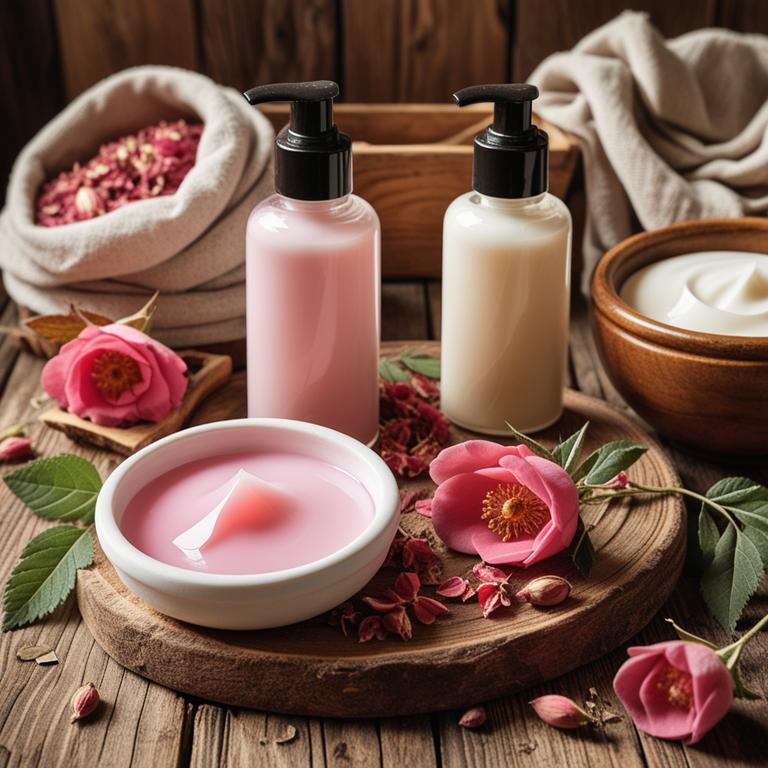
Rosa canina, also known as dog rose, is a traditional herbal remedy that has been used for centuries to support joint health and alleviate symptoms of osteoarthritis.
Rosa canina herbal lotions are typically made from the fruit, flowers, or leaves of the plant and are rich in antioxidants, vitamins, and anti-inflammatory compounds. These lotions are applied topically to the affected areas, helping to reduce pain, swelling, and stiffness associated with osteoarthritis. Many users report improved mobility and a sense of comfort after regular use of these natural treatments.
While they are not a cure, rosa canina lotions can be a complementary therapy to support overall joint function and wellness.
7. Nelumbo nucifera
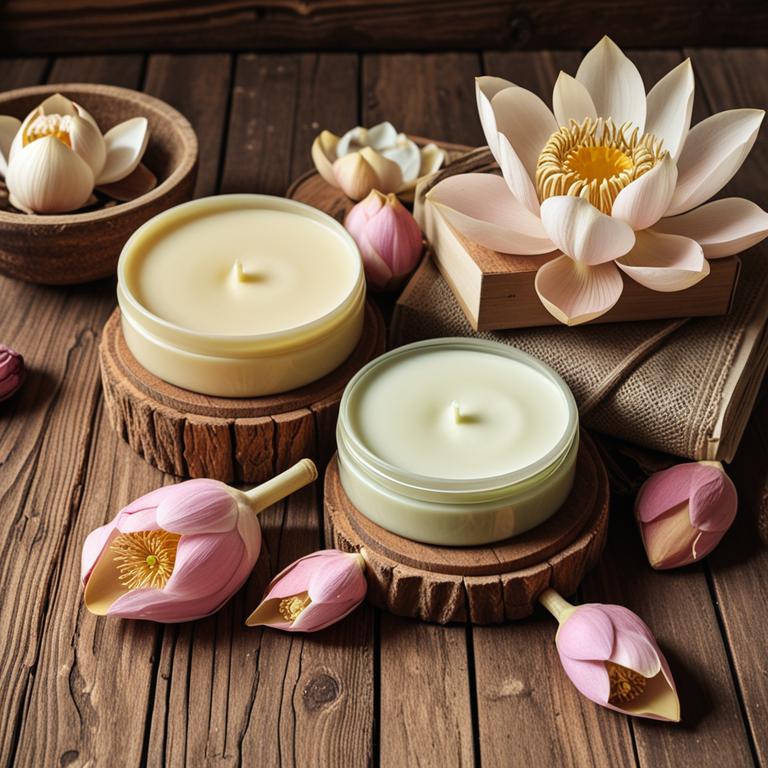
Nelumbo nucifera, commonly known as the sacred lotus, has been traditionally used in Ayurvedic medicine for its therapeutic properties.
Herbal lotions made from Nelumbo nucifera are believed to possess anti-inflammatory and analgesic effects, which may help alleviate symptoms of osteoarthritis. These lotions are typically prepared using extracts from the leaves, flowers, and seeds of the plant, which are rich in bioactive compounds such as flavonoids and phenolic acids. The application of these lotions can provide localized relief by reducing joint inflammation and improving mobility in affected areas.
While further clinical research is needed, preliminary studies suggest that Nelumbo nucifera herbal lotions may offer a natural and complementary approach to managing osteoarthritis.
8. Boswellia serrata
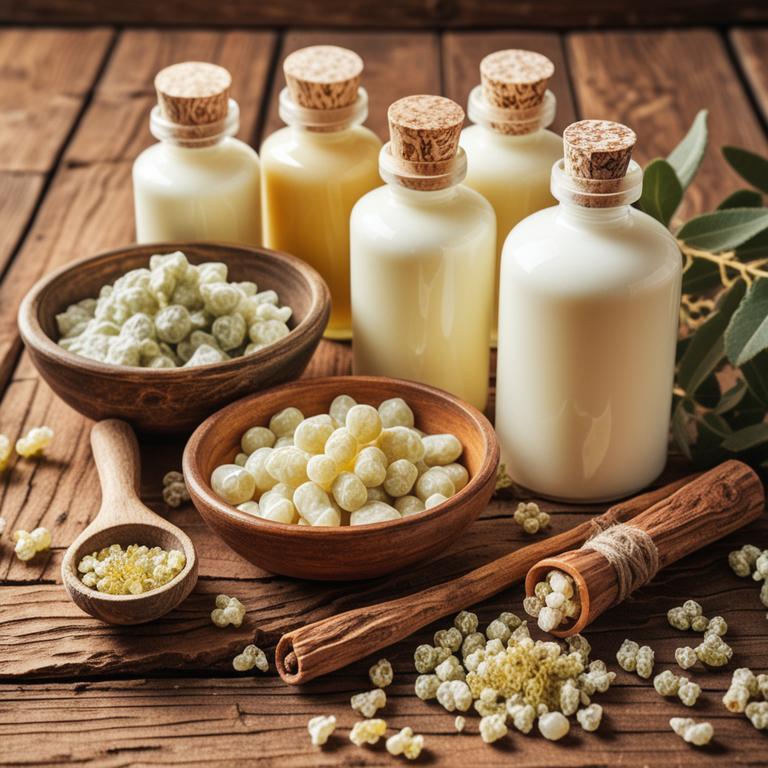
Boswellia serrata, also known as Indian frankincense, is a herbal remedy commonly used in the form of lotions for managing osteoarthritis symptoms.
These lotions contain extracts from the resin of the Boswellia serrata tree, which is traditionally used in Ayurvedic medicine for its anti-inflammatory and pain-relieving properties. The active compounds in boswellia serrata, such as boswellic acids, work by inhibiting enzymes that contribute to inflammation and joint degradation. When applied topically, these herbal lotions can provide localized relief from joint pain and stiffness without the systemic side effects associated with oral medications.
As a natural alternative, boswellia serrata lotions are increasingly being explored as a complementary therapy for individuals seeking holistic approaches to osteoarthritis management.
9. Hypericum perforatum
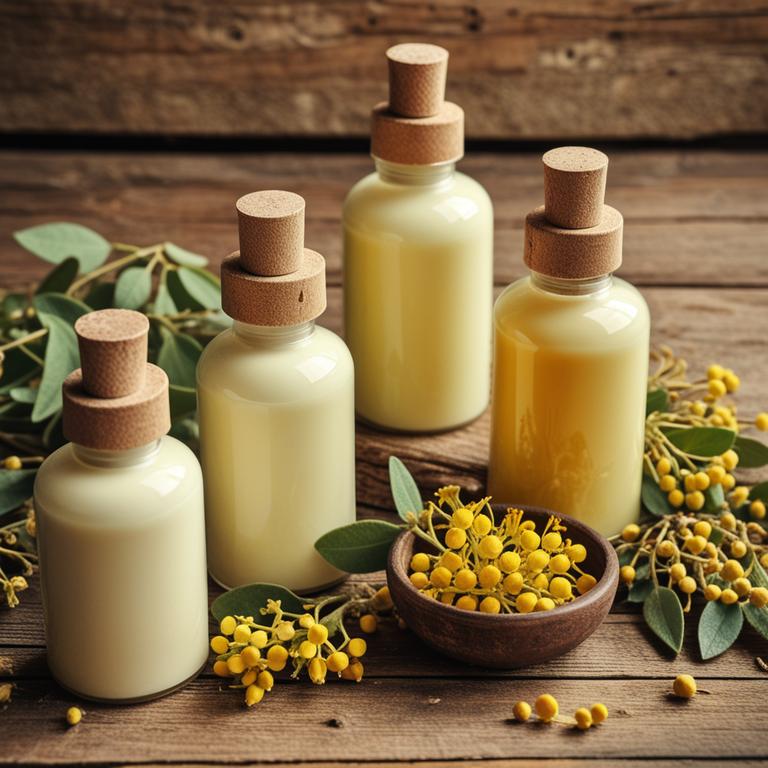
Hypericum perforatum, commonly known as St. John's Wort, is a herbal plant that has been traditionally used for its potential therapeutic properties.
Herbal lotions containing Hypericum perforatum are often used to alleviate symptoms of osteoarthritis due to their anti-inflammatory and analgesic effects. These lotions may help reduce joint pain and swelling by promoting circulation and reducing oxidative stress in the affected areas. However, it is important to consult with a healthcare provider before using St. John's Wort, as it can interact with certain medications.
While some studies suggest its efficacy, more research is needed to fully understand its role in managing osteoarthritis.
10. Urtica dioica
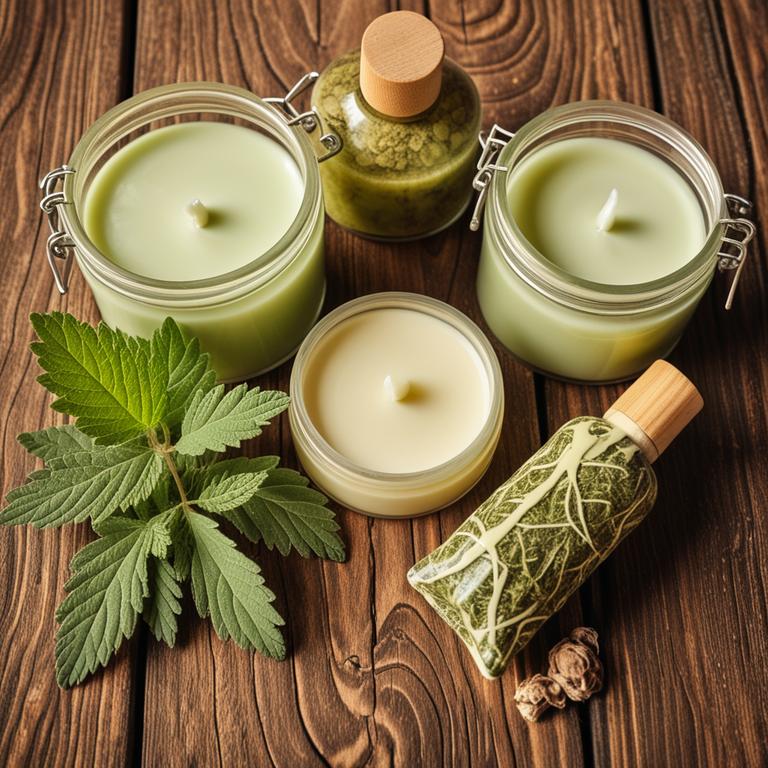
Urtica dioica, commonly known as stinging nettle, has been traditionally used in herbal medicine for its anti-inflammatory and pain-relieving properties.
When formulated into a lotion, Urtica dioica can provide localized relief for osteoarthritis by reducing inflammation and improving joint mobility. The active compounds in stinging nettle, such as flavonoids and lignans, may help alleviate symptoms associated with joint degeneration and discomfort. Herbal lotions made from Urtica dioica are often applied topically to affected areas, offering a natural alternative for those seeking non-pharmacological treatments.
While more research is needed, some studies suggest that these lotions may complement conventional therapies in managing osteoarthritis symptoms.